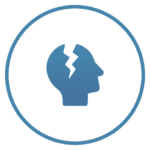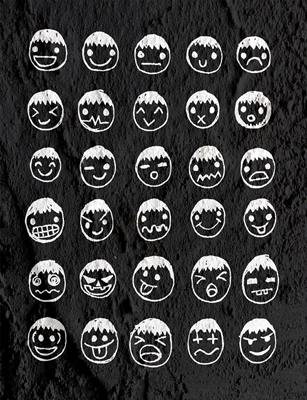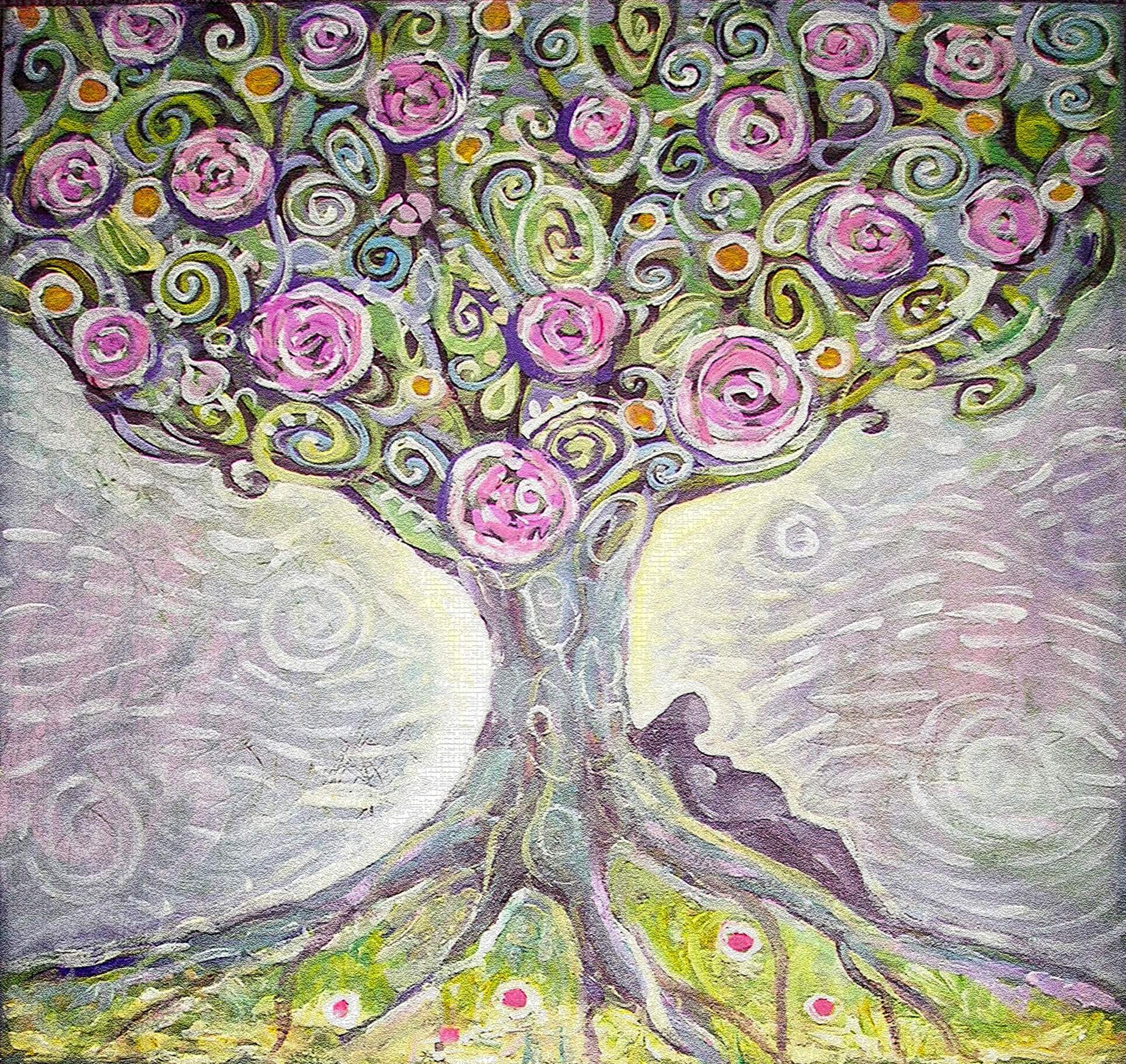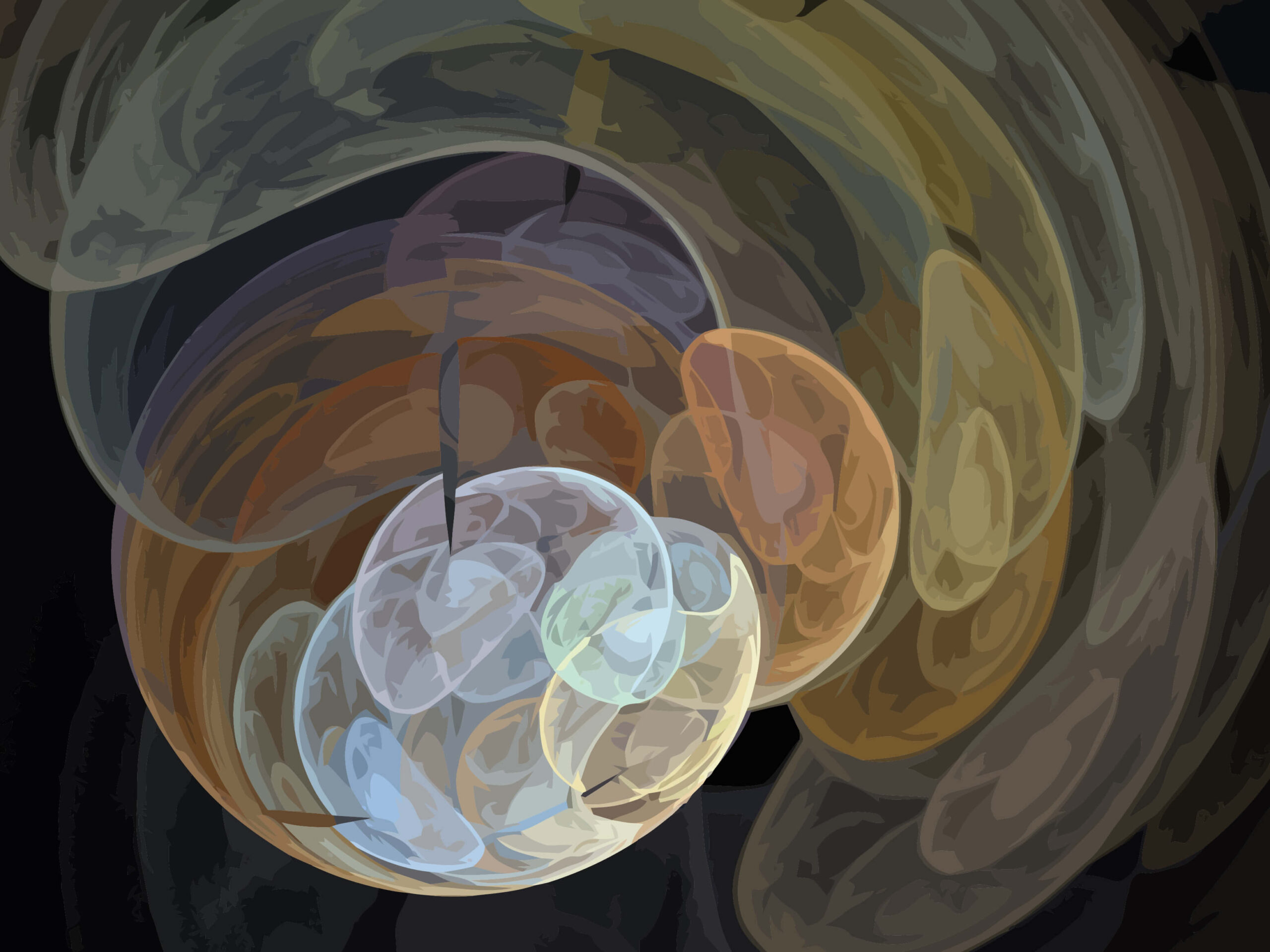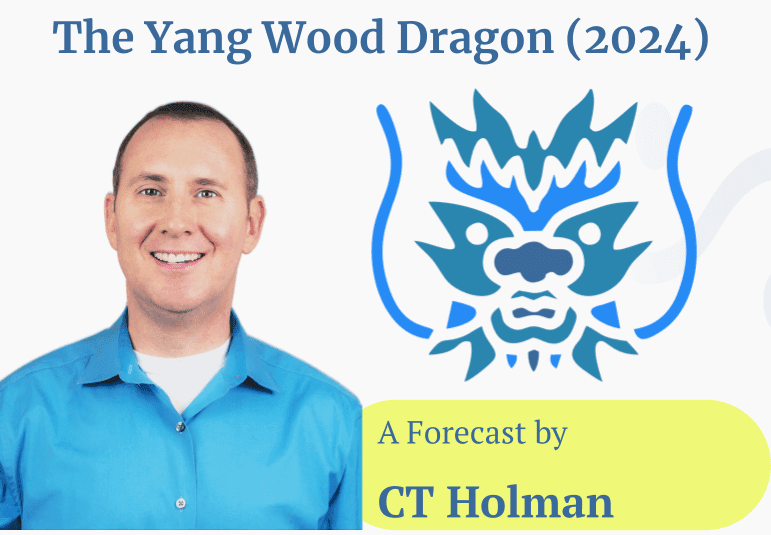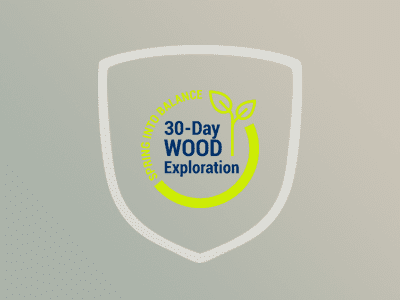The 7 Types of Stress
and Transforming Evils into Virtue
by Yair Maimon O.M.D PhD Ac.
Stress
According to Western Medicine, stress is a response to danger. This response creates numerous changes in the body due to the activation of the hypothalamic-pituitary-adrenal (HPA) system. There is a release of hormones, such as glucocorticoids, primarily cortisol, and neurotransmitters, such as catecholamines (dopamine, norepinephrine, and epinephrine ). These changes manifest themselves in the form of different symptoms. These symptoms will be discussed concerning their pathology and analyzed according to the emotional response to stressors, as understood in Chinese Medicine.
It may seem odd that in Chinese Medical classical textbooks, there is no explicit reference to stress; however, upon a closer look at the way Chinese Medical thinking is constructed, the stress, response and stressors can be included within the discussion of The Seven Emotions, as internal causative factors of disease.
Western Medicine provides a detailed chemical analysis of the stress response. It deduces this understanding from the biological, chemical and psychological approach inherent to this school of thought.
The approach of Chinese Medicine, on the other hand, is holistic, observing changes in the Qi, Emotions, ZangFu and spirit. These interact as a unity in their response to a stressor. Above all, they serve as an invariable reference, indicating a profound notion of balance and human purpose, which is ever-present. This fundamental sense of balance, unity and human purpose is at the core of understanding and resolving pathology.
Emotions
Chinese Medical ideas portray a different way of detecting and organizing information about health and disease.
CM perceives a stress response as yang in nature, as a reaction to inner stimulation of movement of Qi within the body; this is similar to how emotions are viewed as a yang and Qi movement. This concept is illustrated in the book titled The Seven Emotions – Psychology and Health in Ancient China.
“Emotions are light, but the light has to be harmonized, tempered and soft. If this light is shaky and bedazzling, then life’s direction is no longer possible”. (1) This implies that the effect of emotions being light and, therefore yang and easily disturbed by nature is closely linked to the effects of stress, which have similar qualities. Emotions in Chinese Medicine are part of the understanding that there is an inner reaction of the body, mind and spirit to stimulation. CM relates to stress differently than western Medicine insofar that stress is perceived as an internal causative factor of disease linked to the seven emotions.
The stimulation of stressors and the body’s response to them is described in CM as an internal causative factor of disease, referred to in classical texts as The seven Emotions.
The number 7 in Chinese etymology represents “Passage between exterior and interior” (2). This is also the reason why we have seven orifices. Emotions can be a reaction to external –stressors, as well as internal responses to stress which is created in the mind. The Number 7 also indicates “the difficulty to contain things within their limits” (3). Hence alluding to an internal response which can cause an imbalance.
“The emotions only become causes of disease when they are particularly intense (as in stress) and most of all, when they are prolonged over some time, especially when they are not expressed or acknowledged” (4). The Emotions’ function is to regulate the Qi and keep a free flow thereof. When the emotions are intense, they become internal causes of disease.
It is important to note that ordinary emotions are not regarded as pathological agents by themselves; however, extreme or exaggerated interference of emotions evident in cases of stress are thought to have a pathological effect on their corresponding Zang Fu. For example, a state of fear or anxiety, especially prolonged, may cause kidney deficiency.
In Su Wen, Chapter 39, there is an explanation of the disturbances in the movement of Qi as a direct result of emotional triggers. This chapter describes each emotion while indicating the pathological changes and their relations to different stressors. Other references from classical texts shed additional light on the effects of emotions and stress on the Qi, Shen, heart and the ZangFu.
Virtue
Resolving the adverse effects of stress, which cause stagnation and decline, and transforming them into growth and giving, is the most crucial aspect in treating stress.
In Chinese medicine, stress should be viewed in two manners: one is destructive stress, which creates limitations, and negative effect and is a potential cause of disease. This is how the effects of the seven emotions are discussed. The other is the human ability to transform the negative impact of emotions and stress into virtue which ultimately furthers growth. Stress can be an obstacle and a cause of disease, but stress can also serve as a propelling force in the direction of development and achievement of goals.
The healing process’s fundamental function is facilitating the transformation of conflicts and suffering into awareness and unity.
The true potential of emotions is to motivate the individual and to create an internal balance, which essentially allows serenity and virtue to flourish. Serenity is not the absence of emotions but the control of emotions. “The emotions must be ruled by self-constrained strength which comes from the depths of the individual nature”. (5).
This transformation of emotional Qi into a virtue with the similar Quality of Qi at a more coherent level of the organization often requires an inner effort of self-reflection (6). This transformation requires a joint effort between the practitioner and the patient. It is essential that the practitioner renders the correct diagnosis and applies the appropriate treatment, but above all, the motivation on the part of the patient is crucial in order to cultivate these virtues.
“a man’s faults all come to form his type of mind. Observe his faults, and you may know his virtue” Confucius (7).
Virtue is related to the Shen and our heavenly part, which is unique to each patient. By appreciating his inner strength, we allow for the transformation of stress, which leads to a better understanding of the self. If we succeed in promoting internal unity in our patients, then real stress management is possible.
Pathology
Symptoms and stressors are discussed according to Western Medical research in their relation to stress and the effects they have on the body. The same pathology is explained according to the CM understanding, as how Stressors impair the movement of Qi and affect the Shen and the ZangFu. The changes in the pulse and tongue, as well as the changes in the complexion and appearance of the patient, are the reflection of these pathological changes.
Treatment Strategy
To achieve meaningful long-term treatment results, it is necessary to address the treatment strategy. It should not be aimed solely at enhancing balance and providing relief from the symptoms but towards cultivating a meaningful awareness alongside transforming stress and emotion, which are periodically referred to as internal evils, into virtue. This concept is at the root of naming this article “Transforming Evils into Virtue”.
Treatment
Different acupuncture treatment approaches can be utilized in the treatment of stress. In the acute phase, the pulse can serve as a good indication. Treating the heart, directly and indirectly, should be considered since it is the Zang which is primarily affected, as all the emotions are filtered through the heart. According to Fei Bo-Xiong (1800-1879), “The seven emotions injure the five yin organs selectively, but they all affect the Heart” (8). Points such as HT-7, the heart’s Yuan source point, and PC-7 Yuan source point of the pericardium should be considered. These points can be chosen because of their effect on the heart, but other Yuan-source points of the yin channels can also be used. As they are Yuan-source points and earth points, they have a tonifying and harmonizing effect on the related Zang. The earth is in the middle of the axis of fire-earth-water. Their location is at the centre between fire-heart and water-kidneys makes them essential in promoting internal unity.
In other cases, the eight Extraordinary Vessels (Extra Meridians) can serve as an important part of the treatment since they serve as a reservoir, taking in the overflow of any unusual situation, such as exposure to any strong stimulation-stressor. The complexity of this treatment is beyond the scope of this discussion, but nevertheless should be taken into consideration and be used according to their respective indications.
In acute stages of stress, the xi-cleft points can be used. At these points, the Qi and Blood of the channel are deeply converged (9), especially if the Xi-cleft points on the yin channels, which treat numerous blood disorders, as would be in this case, the pulse of the relative Zang should be felt as” full”. For example, Xi cleft of the Pericardium 4 (Ximen, Xi Cleft Gate) can resolve stasis of blood and can treat both emotional disharmonies and resolve Heart-blood stasis.
In the chronic stage, the Luo-connecting points of the yin channels can be used due to their remarkable ability to treat psycho-emotional disorders and their function in calming the spirit (10). They harmonize the yin-Zang and yang-Fu pairs of the same element and, by doing so, produce the effect of restoring balance.
Another option of treatment, especially when the pulse pertaining to a specific organ is chaotic, is to treat the relevant Back-Shu point, as these points have a direct connection in their transporting of Qi to the correlative Zang. It is interesting to note that most of these points correlate with the sympathetic nervous system ganglions, which are most affected in stressful situations (for example, Bladder 23 in cases of fear-related stress) .
In choosing the most appropriate point to treat stress, one should consider the name of the point, its location, its relation to the symptoms and signs presented, and the dynamic of Qi especially as felt on the pulse. Hence there are many possibilities for treatment; some of these are articulated in the discussion of each emotion. The points presented have been chosen following the proposed treatment strategies and will hopefully inspire and facilitate a more accurate approach regarding the treatment of stress.
In the chapter, all seven emotions are discussed in length with references to stressors that may hinder the relevant emotion and description of the nature of the emotion in various classical texts, including special pulse observation and dynastical methods. Including Chinese pathology to western medical symptoms of stress. Most importantly, the virtue that each emotion should be transformed to.
This understanding created a new approach to the treatment of emotions and stress.
Summary
The seven emotions are part of our interaction with life. Stress is an excessive emotional response. It may ultimately result in pathology, whether it is unreasonable in degree or duration.
Chinese Medicine in the modern western world needs to make some modifications and adjustments in its way of dealing with the manner in which psychological aspects and stress affect the body. Chinese Medical treatment, such as acupuncture, has the ability to harness this unbalanced energy linked with the specific emotion and redirect it towards growth and fulfilment rather than towards disease and disability.
The seven emotions, regarding the seven types of stress associated with them, are discussed separately to provide some order within the context of transforming evils and stress into strength and virtue. This diagnosis and treatment strategy proposes a novel yet ancient approach to healing stress through acupuncture.
Transforming evil into virtue is at the core of the ancient Chinese Medical texts, which are focused on the unity of the spirit while promoting internal growth.
Notes & Bibliography Below
Related Courses
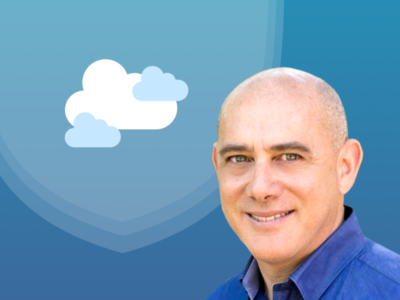
Clearing the Clouds
Dr Maimon provides a deeper insight into depression and anxiety and their treatments on the level of the Shen. A discussion of acupuncture points with the name Shen and Windows of Heaven points is given.

The 16 Xi-Cleft Points
This course provides an in-depth description of xi-cleft points and their clinical usage demonstrated through case studies. Taking this course, you will use these points immediately to increase treatment success and diagnostic skills.
Notes
1. The Seven Emotions, p.27
2. Ibid, p.24
3. Ibid.
4. The Foundation of Chinese Medicine, p.129
5. The Seven Emotions, p.27
6. The Web that has no weaver, p.129
7. Stated from Nourishing the destiny original by Fu Yu-Lan, history of Chinese philosophy, Princeton University Press 1983.
8. Fei Bo Xing et al. 1985 Medical Collection from the four Families from Ming He ( Ming He Si Jia Yi Ji), Jiangsu Science Publishing House, p.40. She quoted in Maciocia, G. The Practice of Chinese Medicine, Churchill Livingston, p.221.
9. Chinese Acupuncture and Moxibustion, p.56
10. A Manual of Acupuncture, p.41
11. The Seven Emotions, p.64
12. Ibid, p.83
13. Common Saying on Gerontology by Cao Tong, as quoted in Manual of Acupuncture, p.476
14. The Yellow Emperor Classics of Medicine, p.9; and The Seven Emotions, p.75
15. Images and Functions, p. 249
16. The Seven Emotions, p.106 and 108
17. Ibid, p.108
18. Ibid, p.113
19. The Yellow Emperor Classics of Medicine, p.149
20. The Seven Emotions, p.116
21. Ibid. p.108
22. The Foundation of Chinese Medicine, p.130
23. The Seven Emotions, p.97
24. The Web that has no Weaver, p.159
25. Grasping the Wind, p.125
26. Images and Functions, p.105
27. The Seven Emotions, p.150
28. Ibid, p.151
29. The Yellow Emperor Classics of Medicine, p.150 and The Seven Emotions, p.61
30. The Seven Emotions, p.163
31. Ibid, p.93
32. The Web that has No Weaver, p.159
33. A Manual of Acupuncture, p.204
34. Images and Functions, p.98
35. Grasping the Wind, p.103
36. The Foundation of Chinese Medicine, p.131 and Chinese Medicine, p.175
37. Fundamentals of Chinese Medicine, p.101
38. The Seven Emotions, p.145
39. The Web that has no Weaver, p.159 and Nourishing the Destiny, p.463
40. Chinese Pulse Diagnosis, p.563
41. The Seven Emotions, p.148
42. Ibid, p.146
43. Chinese Pulse Diagnosis, p.564
44. The Seven Emotions, p.146
45. Ibid, p.148
46. Ibid, p.123-124
47. Ibid, p.125
48. Ibid, p.136
49. The Foundation of Chinese Medicine, p.49
50. The Web that has no Weaver, p.159
51. The Seven Emotions, p.93
52. Ibid, p.92
53. The Web that has no Weaver, p.159
54. Grasping the Wind, p.219
55. The Seven Emotions, p.170
56. Ibid, p.169
57. Ibid, p.168-169
58. The Foundation of Chinese Medicine, p.132
59. Chinese Pulse Diagnosis, p.548
60. A Manual of Acupuncture, p.559
Bibliography
1. Carlson, Neil R. Psychology Behavior, Allyn and Bacon 1994.
2. Deadman, Peter and Mazin Al Khafaji., “A Manual of Acupuncture”. Journal of Chinese Medicine. Publication 1998.
3. Ellis, Andrew, Nigel Wiseman and Ken Boss. Grasping the Wind. Paradigm Publication 1989
4. Hammer, Leon. Chinese Pulse Diagnosis a Contemporary Approach. Eastland press 2001.
5. Hubbard, John and Edward Workman. Stress Medicine, CRC press 1998.
6. Jarret, Lonny S.., The Clinical Practice of Chinese Medicine. Spirit Path Press 1989.
7. Jarret Lonny S. Jarret. Nourishing the Destiny. Spirit Path Press 2001.
8. Kaptchuck, Ted. The Web that has no Weaver. Contemporary Books 2000.
9. Lade, Arnie. Acupuncture Points Images and Functions. Eastland Press 1989.
10. Larre, Claude and Elisabeth Rochat de la Vallee. The Seven Emotions., Monkey press 1996.
11. Lovallo, Willam R.. Stress and Health. Sage Publication Inc. 2005.
12. Maciocia, Giovanni. The Foundation of Chinese Medicine. Churchill Livinstone 1989
13. Maoshing Ni. The Yellow Emperor’s Classic of Medicine, Shambhala Publication 1995.
14. Masha J. Etkin et.el. Article on Stress. Cynthia Chevins Publisher, Nidus Information Services2001, New York.
15. Porkert, Manfred. The Essentials of Chinese Diagnostics, ACTA Medicinae Sinensis Chinese Medicine publications LTD. 1983.
16. Porkert, Manfred et.el. Chinese Medicine, Henry Holt and Company New York 1988.
17. Qiu Mao-Liang. Chinese Acupuncture and Moxibustion., Churchill Livingstone 1993.
18. Ross, Jeremy. Zang Fu the Organ System of Traditional Chinese Medicine. Churchill Livingstone 1985.
19. Wu Jing-Nuan, Ling Shu or the Spiritual Pivot. University of Hawaii Press 1993.

